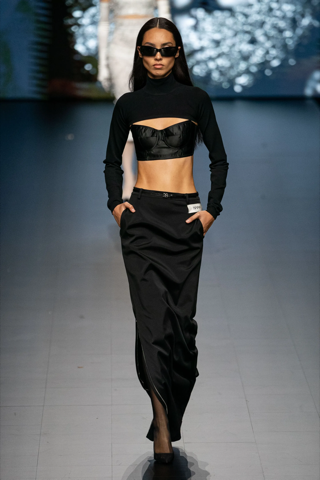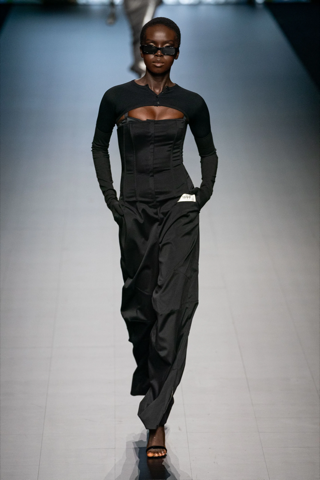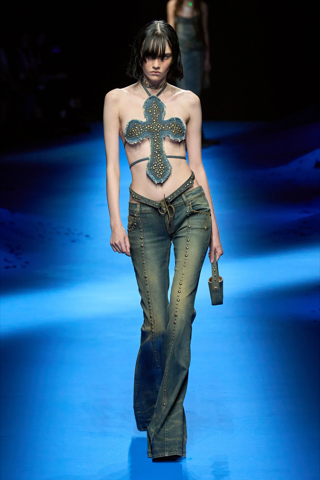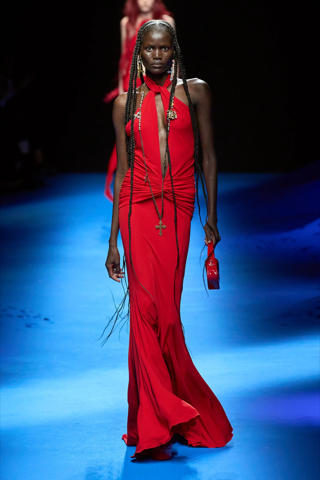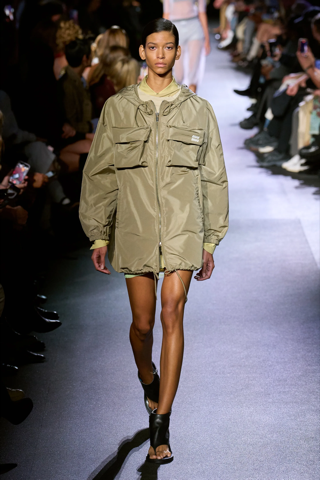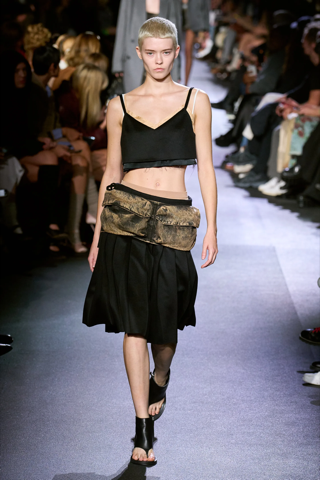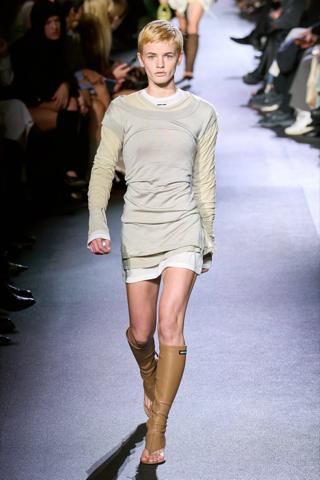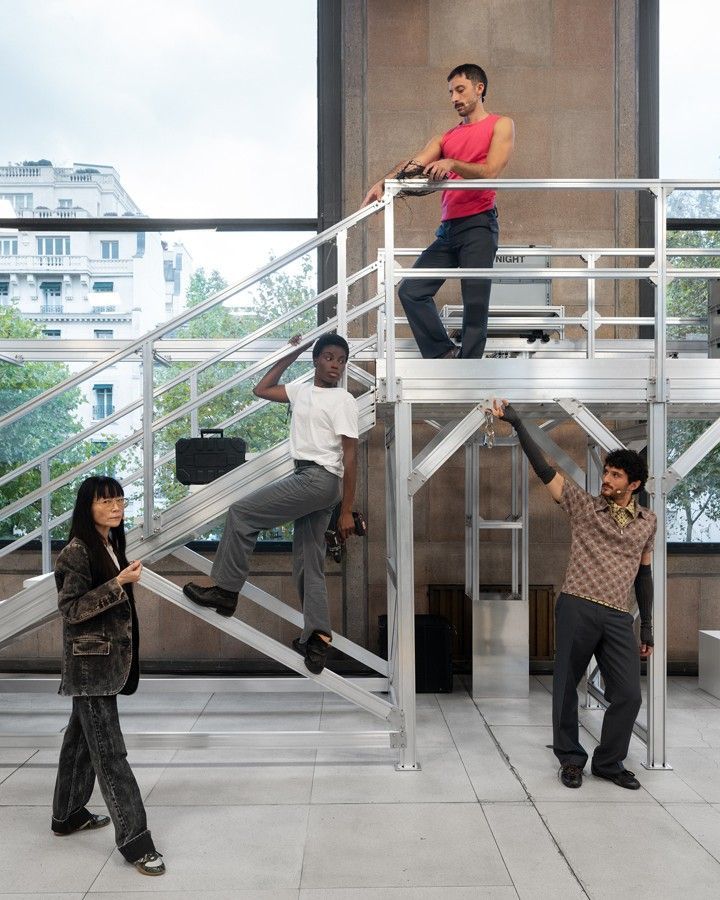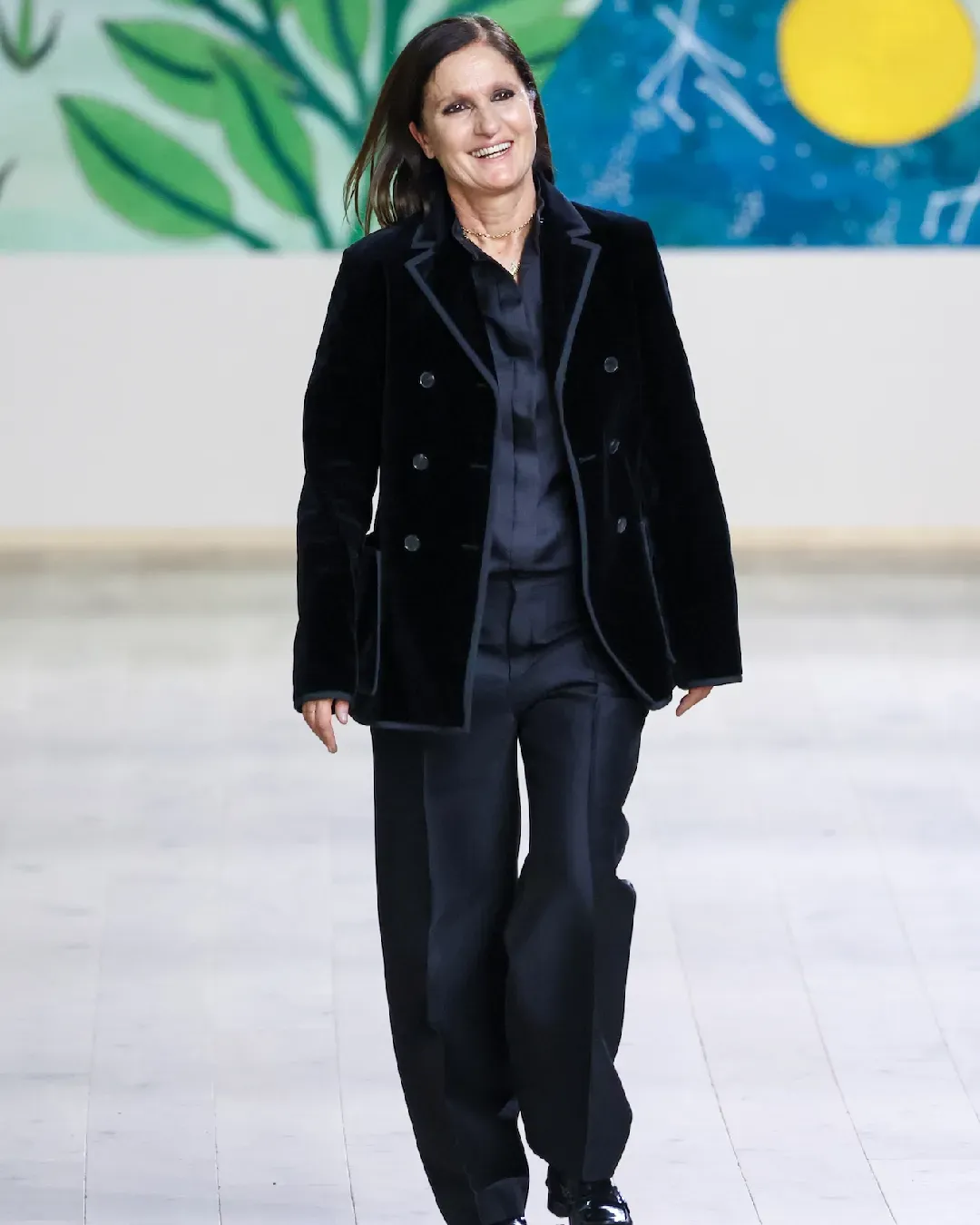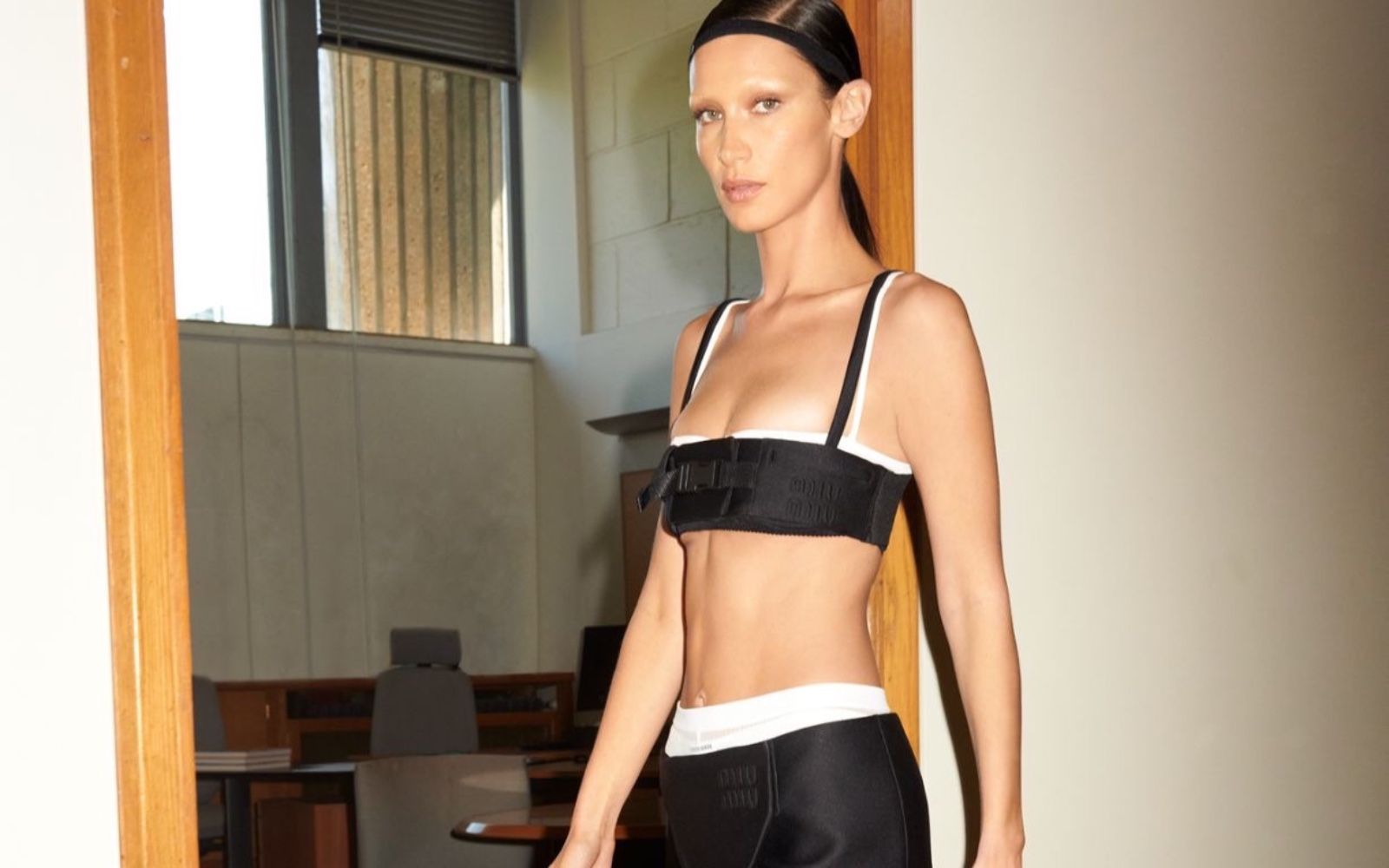
What's left of Y2K The revenge of 90s minimalism
When Miuccia Prada unveiled Miu Miu's SS22 collection in late 2021, the fashion world decided to give a second life to the millenium bug that went down in history as Y2K. A phenomenon that started from the bottom of our thumbs ready to edit those inches of skin covered by a thin layer of low rise denim, the hashtag #Y2K has garnered an impressive 9.9 billion views on TikTok. We did not have to wait long to see Y2K establish itself as a macro trend for much of 2021 and 2022, setting up the media asset of digital (and non-digital) publishing and determining the priming of news and feeds.
The point is that, in reality, Y2K has not been the only semantic engine for mood boards and trends that have gone on to define our aesthetic reference imagery. Feeding the catwalks and more "private" dimensions - TikTok is again the most interesting field for the dissemination and exploration of aesthetics attributable to different subcultures and reference periods - have been the nonchalance of Indie Sleaze (c. 2006-2013), the colors of the Scene subculture and the innocent child vibe of Twee aesthetics. Scenario moreover complicated by the McBlling trend, a parallel world to Y2K that made pink and rhinestones its manifesto of schism from its big brother and reached its full maturity with Valentino's FW22 PPP Collection. Using pink as a reinterpretation of a key color in tracing the history of the Roman fashion house, Pierpaolo Piccioli has written one of the most narratively engaging pages (and financial feedback) for Maison Valentino. Yet, looking at the latest shows presented during the fashion month scattered among the fashion cities, the Y2K trend seems to have undergone a clear retrenchment. While nostalgia may have been the primary cause of its explosion, to speak of throwback is still rather reductive.
Y2K has gone on to intercept a statement rather deep in the air, lending itself to an interpretive process for a narrative oriented on the exaltation of the sexy and cast in an essentially queer dimension. By a strange as well as a predictable twist of fate, it is again Miu Miu's work that reshapes the discourse and keeps the zeitgeist sealed: if the low waist and skimpy miniskirts were the ingredients that made Miu Miu's rebellious schoolgirl silhouette go viral with the SS22 collection, SS23 further refined the codes of 90s minimalism to shape the new uniform designed by Miuccia Prada. The miniskirts thus became cargo and the longer pleated ones included a workwear-inspired pouch, while the shoes took the form of a hybrid disturbing design straddling between flip-flops and boots. In short, the triad seems to consist of underwear in plain sight, formal wear more or less overlapping with utility, and a dose of disruptive sexiness that will be bound to drive market trends again. What is striking, however, is the fact that even brands whose DNA is essentially tied to Y2K aesthetics are reformulating visions uncoupled from that genetic heritage. Blumarine, at the show for its SS23 collection, replaced butterflies and glitter with a curvy, fitted mermaid silhouette. A succession of sexy items in luxurious jersey sculpted every curve of the body, blossoming into an impossibly long train that stretched across the sandy floor of the fashion show set, strewn with seashells and bathed in aquarium-blue light. «I don't even want to talk about the Y2K issue anymore», Nicola Brogano confidently told Vogue.
Although denim is the most fertile ground for the whole wave that explores the contradictions of the 2000s, at Dolce & Gabbana it has become the pretext for reinterpreting the brand's codes - among the first to have given authority to the ripped by crossing the boundaries between elitist fashion and pop culture - in a sort of functional minimalism that has been the protagonist of the SS23 menswear collection. Minimalism found its key in a sort of collection exhibition (the SS23 womenswear) somewhere between the abstract and the erotic curated by none other than Kim Kardashian in which corsets, bustier dresses, and crop tops were the layered elements with which Stefano and Dolce dug inside their archives. Having thus ascertained the fragmentation of aesthetics after the first wave of Y2K discernible in the myriad of trend core experienceable on TikTok and the re-proposition of rather dramatic silhouettes declined according to a more or less glamorous interpretation, it is at least intuitable to reconstruct a scenario in which 90s minimalism will act as an evolutionary framework of that sexy that has so animated the past seasons. Then again, «this is not the time for meaningless fashion», Miuccia Prada said so.












































